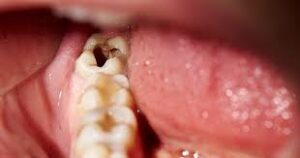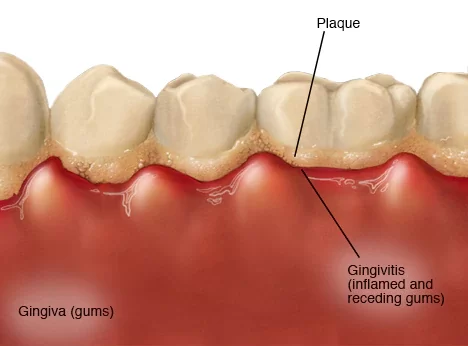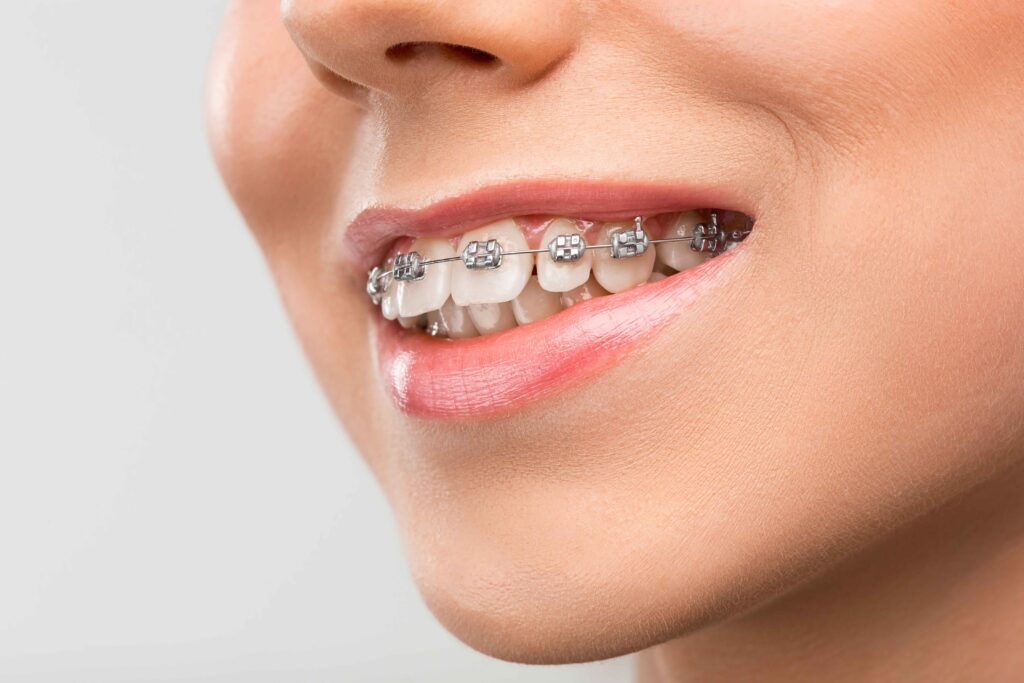
Cavities are one of the most common dental issues around the globe, affecting people of all ages. If you’ve noticed a sharp sensitivity in your teeth or spotted a dark spot on your enamel, you might be wondering—can you treat a cavity at home? While the DIY approach is enticing, dental health isn’t something to gamble with.
This blog dives into the reality of home remedies for cavities, what they can and can’t do, and why professional treatment is often the best course of action. By the end, you’ll have a clear understanding of how to protect your teeth and address cavities the right way.
What Is a Cavity?
Before exploring treatment options, it’s important to understand what a cavity is. A cavity, or dental caries, is a permanently damaged area in the hard outer layer of your teeth (enamel). Cavities form due to the buildup of plaque, a sticky mixture of bacteria, food particles, and saliva. When plaque isn’t removed, it produces acids that break down enamel, leading to decay.
Cavities often start small and are painless at first, which is why they can go unnoticed. However, untreated cavities can grow larger, disrupt the inner layers of your teeth, and even lead to infections or severe pain.
Common Symptoms of a Cavity:
- Tooth sensitivity to hot, cold, or sweet foods
- Persistent toothache or discomfort
- Dark spots or visible holes on the tooth
- Pain when biting or chewing
If these symptoms sound familiar, it’s crucial to act fast. But what exactly are your options if a visit to the dentist isn’t feasible?
Can You Treat a Cavity at Home?
Unfortunately, the simple answer is no—you cannot treat a cavity at home in the way that a dentist can. Once the enamel has been eroded and decay has set in, only professional care can remove the decay and restore the tooth. However, some at-home measures can help manage discomfort, slow down cavity progression, and prevent future decay while you wait for an appointment with the dentist.
What You Can’t Do at Home:
- Fill or Repair the Cavity: A cavity is permanent damage to your tooth that requires a professional filling or restorative treatment.
- Remove Decay: Dental drills, specialized tools, and materials are necessary to remove decay safely.
- Reverse Deep Cavities: While early-stage enamel demineralization can sometimes be reversed, advanced cavities that have penetrated the dentin or pulp need immediate professional treatment.
What You Can Do at Home:
While home remedies won’t cure a cavity, you can take some steps to relieve symptoms and prevent the problem from worsening.
1. Improve Your Oral Hygiene
Good oral hygiene helps minimize bacteria in your mouth, which can prevent further damage. Focus on brushing your teeth twice daily with fluoride toothpaste and flossing regularly to remove debris.
2. Use Fluoride
Fluoride strengthens enamel, slows the progression of decay, and can even reverse very early stages of decay. Use toothpaste and mouthwash containing fluoride, and drink fluoridated water if it’s available in your area.
3. Rinse with Salt Water
Rinsing your mouth with warm salt water can reduce inflammation and fight bacteria. Dissolve a teaspoon of salt in a cup of warm water and swish it in your mouth for about 30 seconds.
4. Relieve Pain with Clove Oil
Clove oil contains eugenol, a natural anesthetic and antibacterial compound. Applying a small amount to the cavity with a cotton swab may help temporarily ease pain.
5. Eat a Tooth-Friendly Diet
Avoid sugary and acidic foods that can make cavities worse. Instead, opt for fiber-rich fruits, vegetables, and calcium-rich foods like dairy products to support strong teeth.
When to See a Dentist
There is no at-home alternative to professional dental care. Dentists are trained to thoroughly evaluate decay, determine its extent, and decide on the appropriate treatment—whether it’s a filling, crown, or root canal.
Booking a dental appointment is non-negotiable if you experience:
- Severe, persistent tooth pain
- Swelling in the gums or face
- Dark spots or large holes in your teeth
- Pain or sensitivity that worsens over time
Ignoring these symptoms can lead to severe complications, including abscesses (infections in the tooth or gums), which may require emergency treatment.
Early Care Matters
Catching a cavity in its early stages is key to preventing extensive damage. Regular dental checkups (every six months) can identify potential issues before they worsen.
How to Prevent Cavities in the Future
The best way to ensure you don’t end up with another cavity is through prevention. Here’s how you can protect your teeth:
1. Brush and Floss Daily
Brush twice a day with fluoride toothpaste, ensuring you clean all surfaces of your teeth. Don’t forget to floss every day to remove food particles and plaque from between your teeth.
2. Limit Sugar
Sugary foods and drinks feed the bacteria in your mouth, leading to acid production and enamel erosion. Cut back on sugary treats and consider replacing sodas with water.
3. Visit Your Dentist Regularly
Regular dental checkups and cleanings help catch potential issues early and remove plaque buildup that can lead to cavities.
4. Choose Tooth-Healthy Snacks
Nibble on raw veggies, nuts, and cheese instead of processed snacks. These are not only healthier but also help promote saliva flow, which naturally protects your teeth.
5. Protect Your Teeth with Sealants
Ask your dentist about dental sealants—a thin protective coating that shields your teeth from acids and bacteria, particularly molars.
It’s Time to Take Charge of Your Dental Health
While home remedies can help minimize discomfort and slow decay, they can’t treat a cavity. Professional dental care is essential for repairing your tooth and preventing further complications. Remember—cavities may seem small at first, but left untreated, they can turn into much bigger problems.
If you suspect a cavity, schedule an appointment with your dentist as soon as possible. A little proactive care today can save you from unnecessary pain and costs down the line.
Looking to stay proactive? Brush up on your dental knowledge and explore more tips for a healthier smile on our blog!



